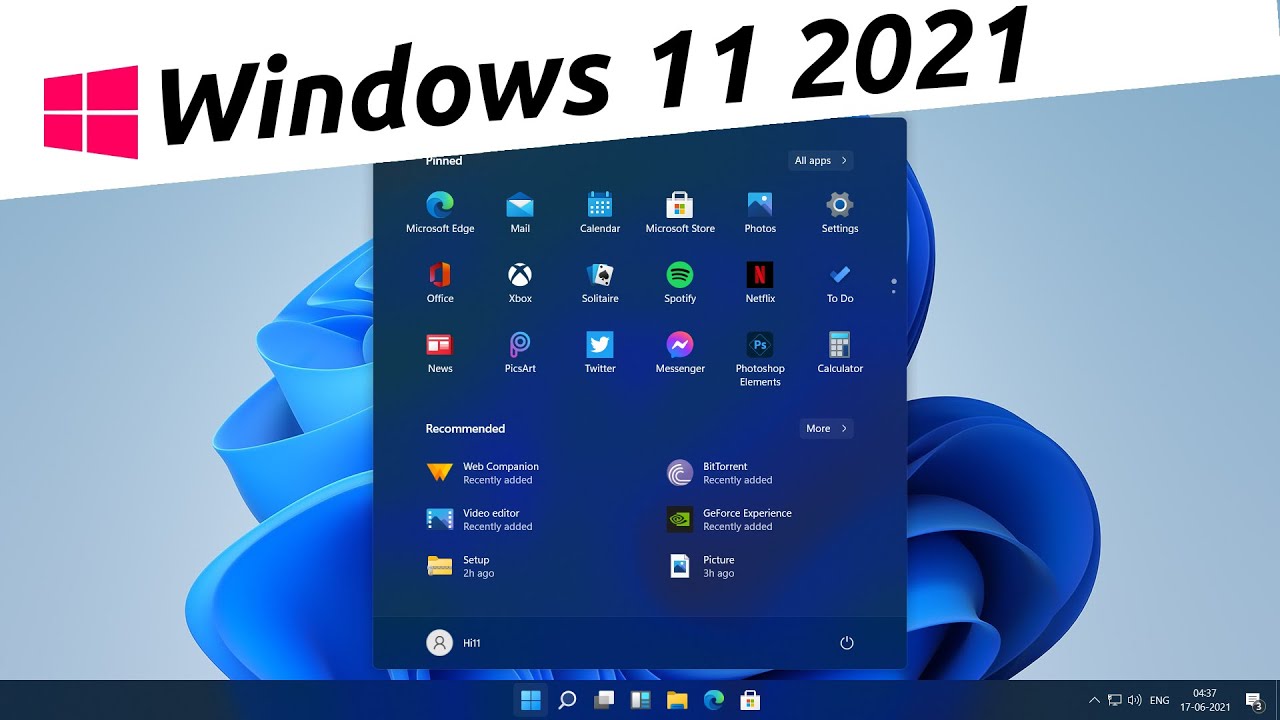
Scroll down to Virus & threat protection settings, and click on Manage Settings.

It looks like a shield in the lower-right corner. If you'd like to remove Windows Defender Antivirus anyway, here's everything you need.ĭownload 'Disable Windows Defender Antivirus in Windows 10 & 11' and extract the two files.Ĭlick on the Windows Security icon in the system tray. In other words, there is no good reason to disable Windows Defender Antivirus. Windows Defender Antivirus is disabled when your antivirus takes over if you have a third-party antivirus. Windows Defender Antivirus will be your default antivirus if you don't already have one. If you only need to disable Defender temporarily, see this tutorial. Even if you could disable Windows Security, everything will break. Windows Security can not be disabled because it is an entire security suite heavily embedded into Windows, including account protection, firewall, app & browser control, device security, device performance, health, and family options. We're often asked how to remove Defender from Windows 10 & 11. Windows Defender is the free antivirus portion of Windows Security. Windows Security is included in Windows 10 & 11 to protect your computer from online threats. Please see our tutorial before proceeding. You must disable Tamper Protection before using these registry files or make the changes in Group Policy Editor. However, this is no longer sufficient, because the first release of Windows 11 has the same version number as the last Windows 10, namely 21H2.Disable Windows Defender Antivirus in Windows 10 & 11 contains the registry files to disable Windows Defender Antivirus. Until now, however, it was only possible to enter the release of Windows 10 there (for example, 21H1) to specifically request this version. The option Select the target Feature Update version, introduced with Wind(under Windows Update for Business), is intended for this purpose.

In this case, you can also use Group Policy to control the version of the feature update you want to get next. Define the target version for the feature update ^ This currently applies to the 2004 release, for example. However, according to the latest change in update logic, a feature update will occur automatically only when the installed version of Windows 10 is nearing the end of support.

This prevents unauthorized upgrades to Windows 11, but leaves it up to Microsoft to decide when the new OS is installed. A GPO can be used to prevent users from retrieving the update to Windows 11


 0 kommentar(er)
0 kommentar(er)
